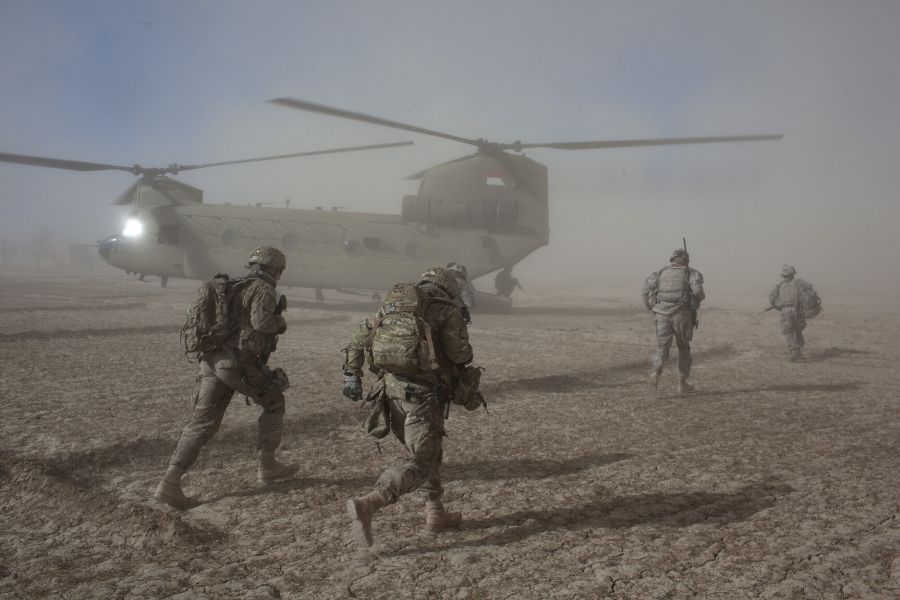
What did the US get for $2 trillion in Afghanistan?
Eighteen years of war later, the Taliban are steadily getting stronger. Drawing on estimates from Brown University's Costs of War Project, an assessment of how much the US spent on different aspects of the war and whether that spending achieved its aims
 American soldiers with the 101st Airborne Division during a morning helicopter raid in the village of Alam Khel, Afghanistan, Jan. 23, 2011. Drawing on estimates from Brown University’s Costs of War Project, The New York Times assessed how much the United States spent on the war in Afghanistan and whether that spending achieved its aims. Image: Tyler Hicks/The New York Times
American soldiers with the 101st Airborne Division during a morning helicopter raid in the village of Alam Khel, Afghanistan, Jan. 23, 2011. Drawing on estimates from Brown University’s Costs of War Project, The New York Times assessed how much the United States spent on the war in Afghanistan and whether that spending achieved its aims. Image: Tyler Hicks/The New York Times
All told, the cost of nearly 18 years of war in Afghanistan will amount to more than $2 trillion. Was the money well spent?
There is little to show for it. The Taliban control much of the country. Afghanistan remains one of the world’s largest sources of refugees and migrants. More than 2,400 U.S. soldiers and more than 38,000 Afghan civilians have died.
Still, life has improved, particularly in the country’s cities, where opportunities for education have grown. Many more girls are now in school. And democratic institutions have been built — although they are shaky at best.
Drawing on estimates from Brown University’s Costs of War Project, we assessed how much the U.S. spent on different aspects of the war and whether that spending achieved its aims.
— $1.5 trillion waging war
The Taliban control or contest much of the country.
©2019 New York Times News Service




